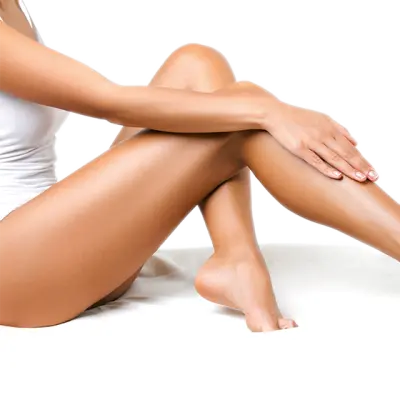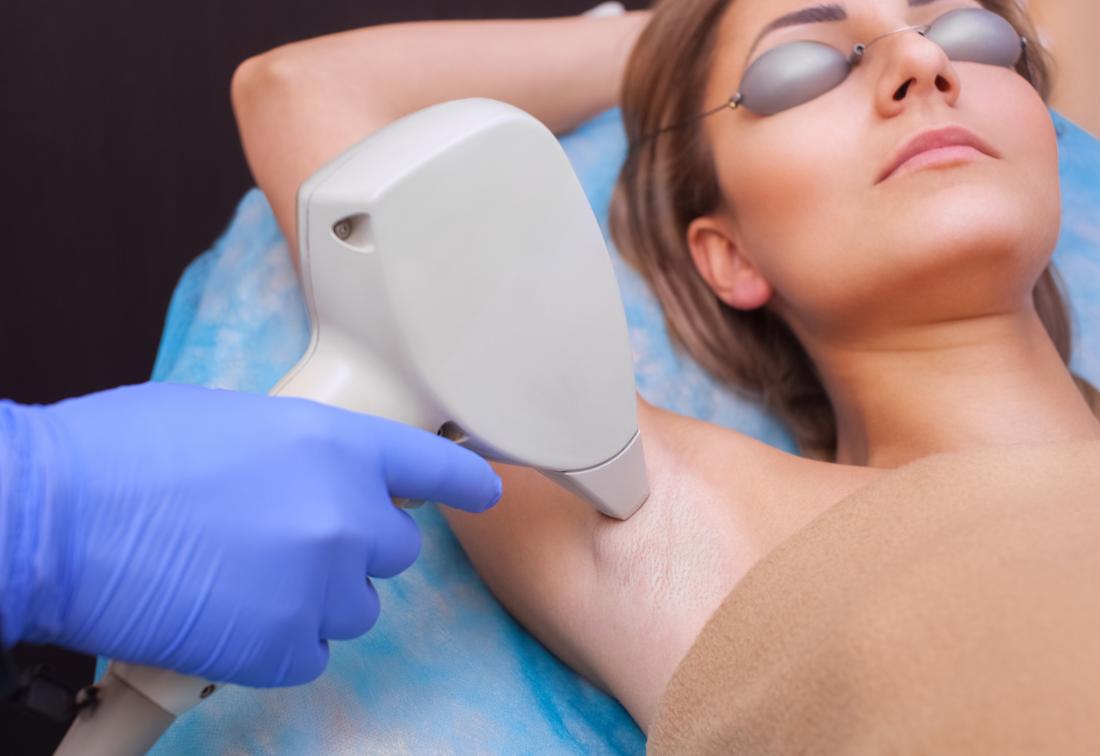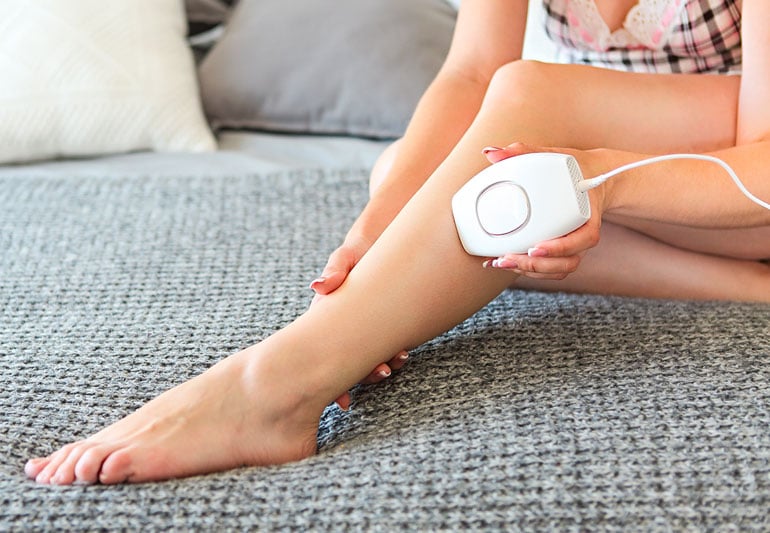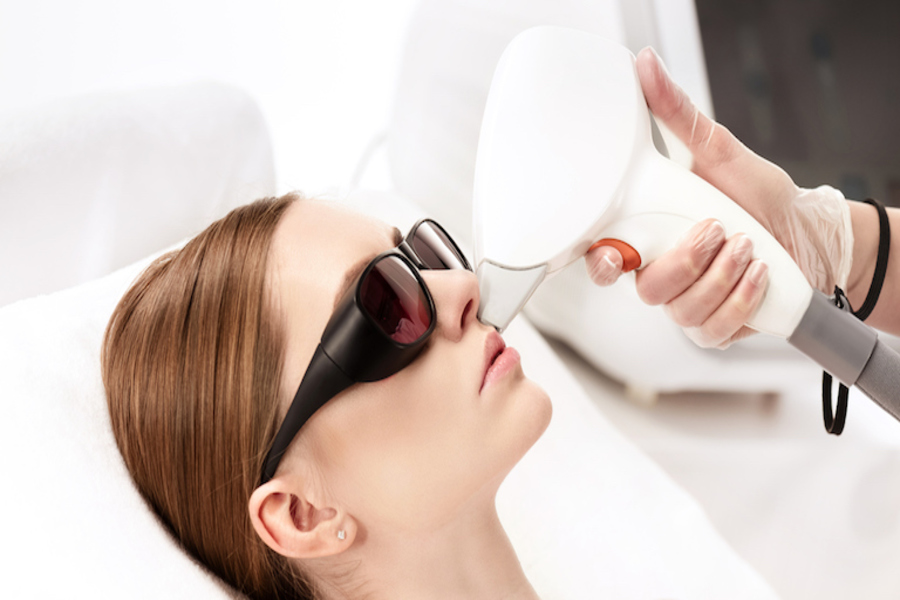Laser Hair Removal - Dubai UAE
Laser hair removal in Dubai is a popular cosmetic treatment that uses laser technology to remove unwanted hair from various parts of the body.
our treatments :

Laser hair removal is a cosmetic procedure that uses concentrated beams of light, specifically laser technology, to remove unwanted body hair. It is a popular method for long-term hair reduction or removal.
During the procedure, a laser device emits a beam of light that is absorbed by the pigment (melanin) in the hair follicles. The energy from the laser damages the hair follicles, inhibiting future hair growth. The melanin in the hair absorbs the laser energy, which is why hair removal works best on individuals with darker hair and lighter skin tones. However, advancements in technology have made laser hair removal more effective for a wider range of skin types and hair colors.
Laser can be performed on various areas of the body, including the face, legs, underarms, bikini line, and back. The number of sessions required depends on factors such as the area being treated, the thickness of the hair, and individual response to the treatment. Multiple sessions are typically needed to target hair follicles in different growth phases for optimal results.
laser hair removal benefits
Laser hair removal offers several benefits compared to traditional methods of hair removal, such as shaving, waxing, or using depilatory creams. Here are some of the key benefits of laser hair removal:
Long-lasting results
Precision and effectiveness
Time-saving
Reduced skin irritation
Versatility
Improved confidence and convenience


Long-lasting results
Laser hair removal targets the hair follicles, damaging them to inhibit future hair growth. While it may not permanently remove all hair, it can provide long-lasting results. Many people experience a significant reduction in hair growth after a series of treatments, with some areas remaining hair-free for extended periods.
Precision and effectiveness
Laser technology allows for precise targeting of hair follicles without damaging the surrounding skin. The laser beam can selectively focus on the hair without affecting the nearby areas. This makes laser hair removal highly effective in removing unwanted hair from specific areas while leaving the surrounding skin unharmed.


Who is laser hair removal useful for?
Laser hair removal can be useful for a wide range of individuals who are looking to reduce or remove unwanted body hair. It is generally safe and effective for both men and women. Here are some scenarios where laser hair removal can be particularly beneficial:
Individuals with unwanted body hair.
Those looking for long-term hair reduction.
People with dark hair and light skin.
Individuals with specific skin concerns.
People seeking convenience and time-saving.
Is it safe and secure?
Laser is generally considered safe when performed by trained professionals and when appropriate precautions are taken. The procedure has been widely used for many years with a high level of success and patient satisfaction. However, it’s important to understand that there are potential risks involved, albeit rare. Some possible side effects include temporary skin irritation, redness, or swelling in the treated area. In extremely rare cases, there may be blistering, changes in skin pigmentation, or scarring. To minimize these risks, it is crucial to choose a reputable clinic or aesthetic center with experienced professionals and to follow the pre and post-treatment care instructions provided by the healthcare provider.


Are home lasers safe?
Home laser devices can be safe when used according to the manufacturer’s instructions and appropriate precautions are taken. However, it’s important to note that home devices typically have lower energy levels compared to professional-grade equipment used in clinics. As a result, the effectiveness of home devices may vary, and it may require more sessions to achieve desired results. Additionally, using home laser devices on certain skin types or without proper knowledge and understanding of the device can increase the risk of side effects such as skin irritation or burns. It’s essential to thoroughly read and follow the instructions, conduct a patch test on a small area of skin, and consult with a healthcare professional if there are any concerns or uncertainties about using a home laser device safely and effectively.
laser hair removal Dubai
Discover the secret to smooth, hair-free skin at our premier laser hair removal Dubai. With our state-of-the-art technology and highly experienced team of dermatologists and technicians, we provide safe and effective laser hair removal treatments that will leave you feeling confident and carefree. Say goodbye to the hassle of constant shaving, waxing, or plucking and embrace the long-lasting results of laser hair removal.
At our clinic, we understand that every individual is unique. That’s why we offer personalized treatment plans tailored to your specific needs and skin type. Our advanced laser technology precisely targets hair follicles, leaving the surrounding skin unharmed. Whether you want to remove unwanted hair from your face, legs, underarms, bikini line, or any other area, our skilled professionals will ensure a comfortable and effective treatment experience.
Experience the freedom of smooth, silky skin with our laser hair removal services. Book your consultation today and let our expert team guide you on your journey to a hair-free lifestyle. Trust in our clinic for exceptional results and the highest standards of safety and care in laser hair removal Dubai.


Laser hair removal Dubai price
Of course, the concept of this question is rejected; Because laser is a permanent treatment method to facilitate the complete removal of unwanted hair. It may have happened to you that in a short period of time, even 24 hours after shaving with Gillette or 1 week after waxing, you notice signs of body hair regrowth, and you repeat the shaving process again. The increase of this period of time, which is 6 to 8 weeks for the first laser treatment, and increases to 6 months once after 3 courses. It is recommended to contact us for more information about the Laser hair removal Dubai price and get our free consultation.
Methods of removing unwanted hair
There are several methods available for removing unwanted hair. Here are some commonly used methods:
Shaving: This is a temporary hair removal method that involves using a razor or an electric shaver to cut the hair at the skin’s surface. It is a quick and convenient option but needs to be repeated regularly as hair regrows quickly.
Waxing: In waxing, a layer of warm or cold wax is applied to the skin, and then a cloth strip is pressed onto the wax and swiftly pulled off, removing the hair from the roots. This method provides longer-lasting results compared to shaving but can be more painful.
Epilation: Epilators are electronic devices that mechanically remove hair by grasping multiple hairs simultaneously and pulling them out from the roots. Similar to waxing, this method offers longer-lasting results but can be uncomfortable for some individuals.
Depilatory Creams: Depilatory creams or lotions contain chemicals that break down the protein structure of the hair, allowing it to be wiped or rinsed away. These creams work at the skin’s surface, providing temporary hair removal. It’s important to follow the instructions and perform a patch test before using them.
Laser : Laser is a medical procedure that uses concentrated beams of light to target and destroy hair follicles. This method offers long-term hair reduction and can be performed by professionals in clinics or using home devices under supervision.
Electrolysis: Electrolysis is a method that involves inserting a tiny needle into each hair follicle and delivering an electric current to destroy the hair root. This method is time-consuming and may require multiple sessions but can lead to permanent hair removal.
Threading: Threading is a technique in which a thin cotton or polyester thread is twisted and rolled over the skin, trapping and removing unwanted hair. It is commonly used for facial hair removal and provides precise results.
The choice of hair removal method may depend on factors such as personal preference, hair type, area of the body, and desired duration of hair-free results. It’s important to choose a method that suits your needs and consider consulting with a healthcare professional for personalized advice.

Unwanted hair refers to hair that grows in areas where it is considered undesirable or aesthetically unappealing, such as on the face, neck, chest, back, legs, or underarms. Unwanted hair can be a source of discomfort and self-consciousness for many people, and traditional methods of hair removal such as shaving or waxing can be time-consuming, painful, and may cause skin irritation. hair removal is a popular alternative for removing unwanted hair, as it is safe, effective, and provides long-lasting results.
The hair removal process refers to the steps involved in removing unwanted hair from the body using various methods, including:
- Shaving: This involves using a razor to cut the hair at skin level.
- Waxing: This involves applying warm wax to the skin, which adheres to the hair, and then pulling the wax off along with the hair.
- Depilatory creams: These are chemical-based creams that dissolve the hair at the skin surface.
- Electrolysis: This involves inserting a tiny needle into each hair follicle, which sends an electric current to destroy the hair follicle.
- Laser hair removal: This involves using a laser to target the hair follicle, which heats and destroys the hair root, preventing future hair growth.
The hair removal process may vary depending on the method used, the area of the body being treated, and individual factors such as hair thickness and skin type. It is important to choose a safe and reputable method for hair removal and to follow proper aftercare instructions to ensure the best results.
hair removal is a popular alternative to shaving for those looking for a more long-term solution to unwanted hair. Unlike shaving, which only removes hair at the surface level, laser hair removal targets the hair follicle, heating and destroying it to prevent future hair growth. This results in smoother skin that requires less frequent maintenance than shaving. Additionally, hair removal can be used on a variety of body areas, including the face, legs, underarms, and bikini area, offering a versatile solution to unwanted hair. Other alternatives to shaving include waxing, depilatory creams, and electrolysis.

